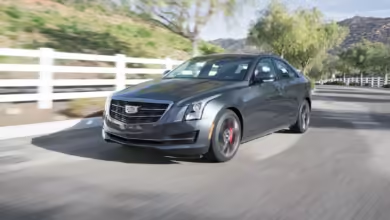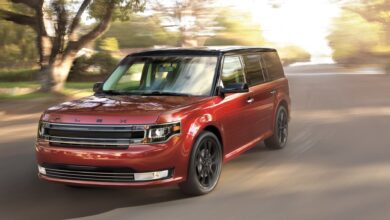2025 Honda CR-V Review
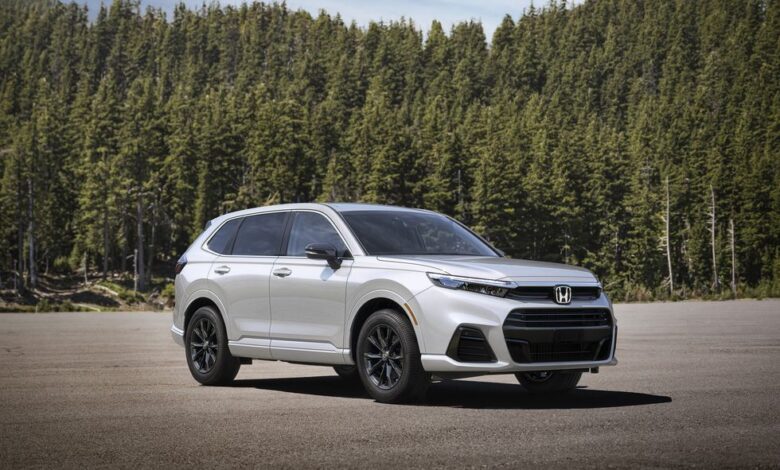
The 2025 Honda CR-V e:FCEV marks Honda’s adventurous leap back into the hydrogen fuel-cell vehicle market, a space it last occupied in 2021 with the Clarity Fuel Cell. This time, Honda is taking a different route by integrating its fuel-cell technology into the CR-V, the company’s top-selling vehicle, rather than opting for a more niche, aerodynamic sedan design. This strategic move places the CR-V Fuel Cell in a unique position in the hydrogen-powered electric vehicle sector, currently occupied by the Toyota Mirai and Hyundai Nexo.
Distinctive Design and Practicality

While retaining much of the gas-powered CR-V’s aesthetic, the Fuel Cell variant introduces a unique front grille and a longer nose, modifications necessary to house the fuel cell stack. These changes ensure that the CR-V Fuel Cell stands out while maintaining the familiar and beloved design language of the CR-V lineup.
Advancing Hydrogen Power with Hybrid Versatility
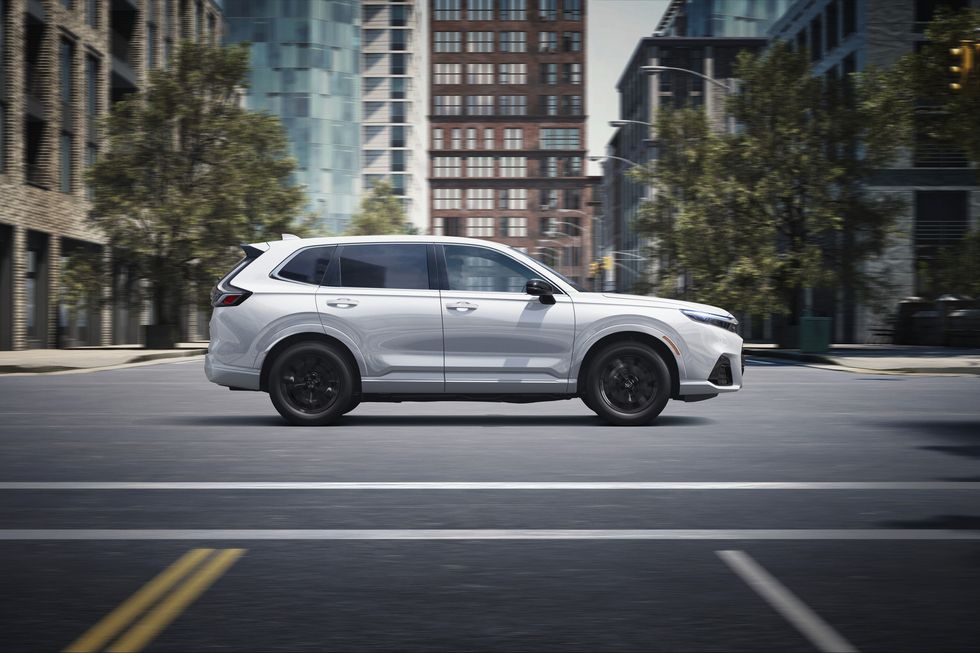
Setting the CR-V Fuel Cell apart from its competitors, namely the Toyota Mirai and Hyundai Nexo, is its 17.7-kWh battery pack. This additional power source, rare among hydrogen vehicles, can be charged at home, extending the vehicle’s range beyond what’s possible with hydrogen alone. This hybrid approach to hydrogen fuel cell technology enhances the CR-V’s appeal by offering the convenience of home charging and the environmental benefits of hydrogen fuel.
Exclusive Production
In a move reflecting both the niche appeal and the developmental stage of hydrogen fuel-cell technology, Honda has announced a highly exclusive production run for the CR-V Fuel Cell, capped at 300 units per year. This limited availability underscores the vehicle’s status as
As Honda reenters the hydrogen fuel-cell segment with the CR-V e:FCEV, it not only contributes to the diversification of sustainable vehicle options but also underscores the potential for hydrogen power to coexist with traditional electric battery technology in the mainstream automotive market. This innovative approach may well set a new standard for the future of hydrogen mobility, especially in markets like California, where such vehicles are embraced.
2025 Honda CR V Changes / What’s New for 2025?
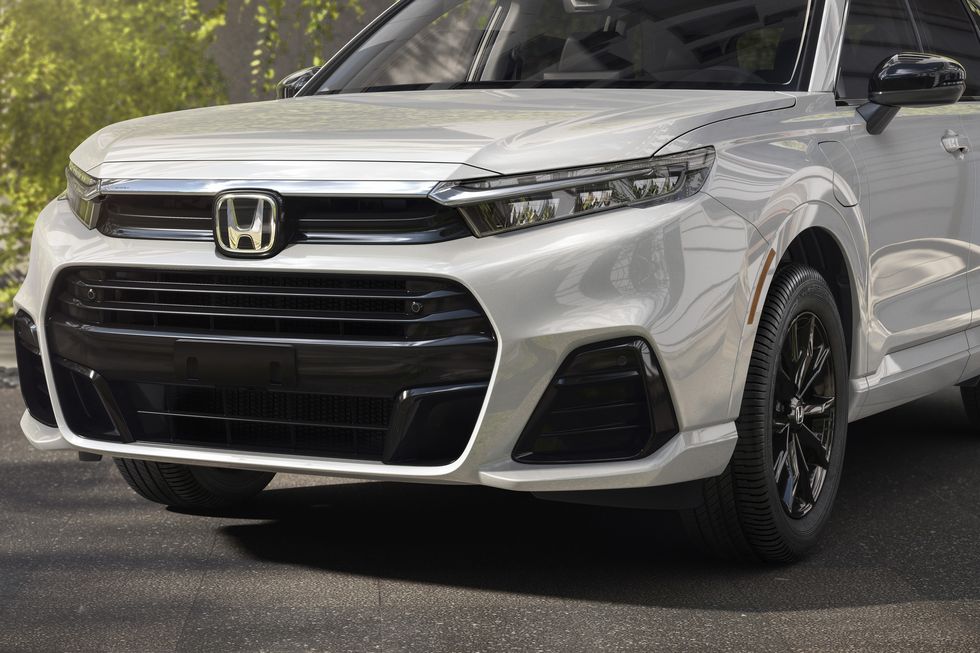
The 2025 Honda CR V Fuel Cell is setting the stage for a new era in Honda’s venture into hydrogen-powered transportation, this time partnering with General Motors to engineer a cutting-edge hydrogen fuel cell system. This collaboration points to a significant advancement in fuel cell technology, promising enhancements in durability, efficiency, and production cost reduction. The CR-V Fuel Cell is poised to merge the practicality and beloved design of the gas-powered CR-V with the innovation and sustainability of hydrogen power.
2025 Honda CR-V Price and Trims: Luxury Meets Sustainability
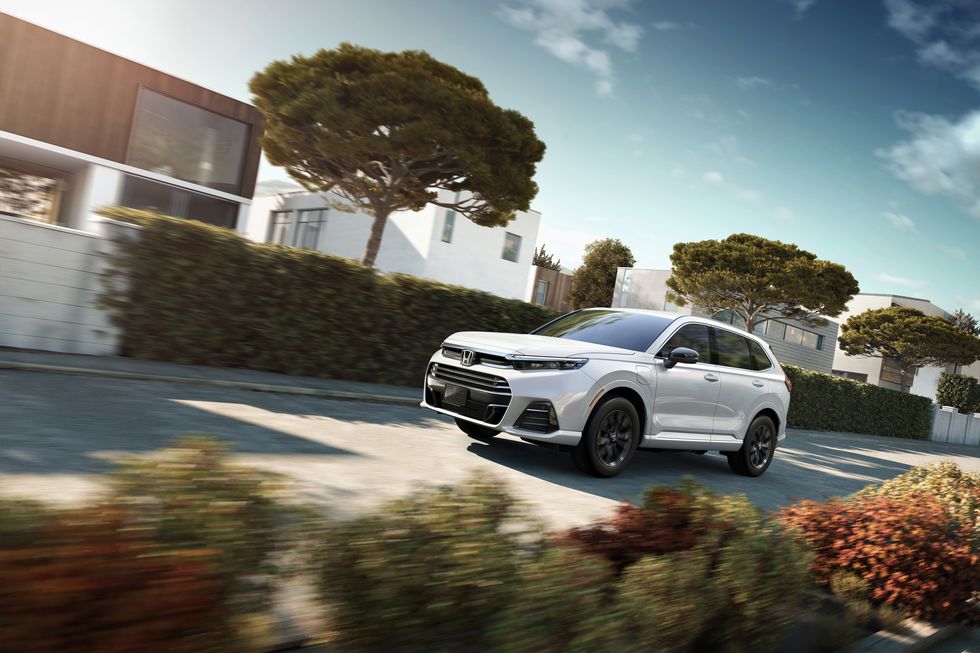
Expected to be priced around $60,000, the CR-V Fuel Cell will be available exclusively in the Touring trim. This top-tier option will come fully loaded with high-end features such as a digital gauge display, heated steering wheel, and leather upholstery, ensuring that eco-consciousness and luxury go hand in hand. Buyers will have a choice between two sophisticated color options: white or gray, emphasizing the vehicle’s sleek design and premium positioning.
2025 Honda CR V Engine / Performance: A Leap Forward
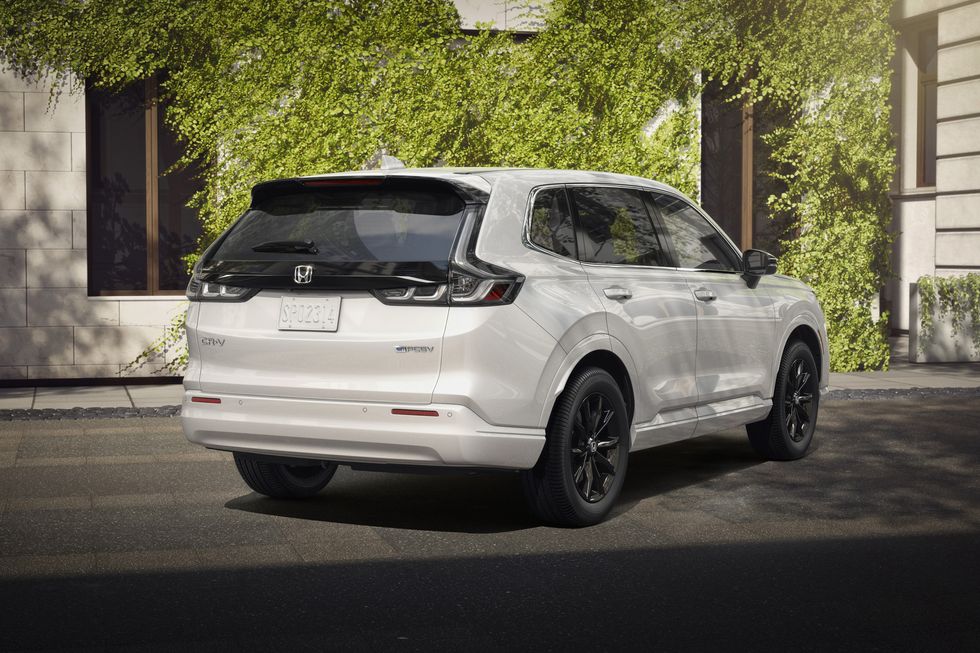
At the heart of the CR-V Fuel Cell is a single-motor powertrain producing 174 horsepower, an innovative setup that includes two hydrogen tanks strategically placed to maintain interior space and balance. The system is notably housed under the hood, a testament to Honda’s engineering prowess in integrating alternative fuel technologies into conventional vehicle designs seamlessly.
The presence of a 17.7-kWh battery pack provides a safety net of additional driving range, ensuring peace of mind for drivers navigating the still-developing hydrogen infrastructure. Honda’s claims of a powertrain that is twice as durable, performs better in cold weather, and is significantly cheaper to produce than its predecessors highlight the technological strides being made in fuel cell development.
Driving Experience: Familiar Yet Enhanced
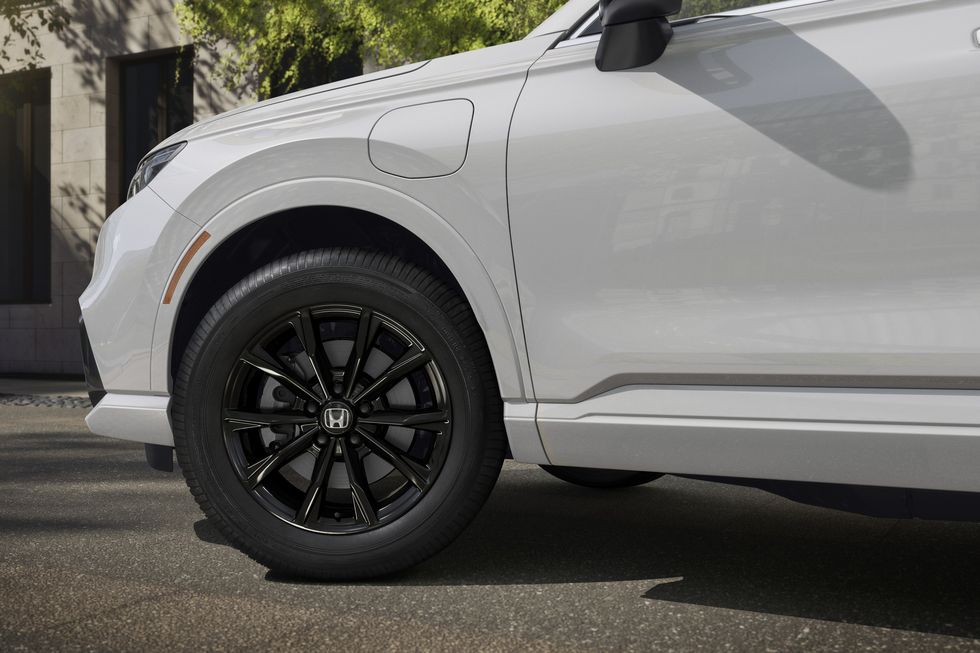
Our initial test drive revealed that the CR-V Fuel Cell retains the comfort and ease of driving synonymous with its gasoline and hybrid counterparts, with notable improvements. The steering feel, in particular, was more refined than that of the hybrid CR-V, suggesting that e
As Honda prepares to introduce the CR-V Fuel Cell to the market, it’s clear that the model not only represents Honda’s commitment to hydrogen as a viable, clean alternative to traditional fuels but also marks a significant step forward in making this technology accessible and enjoyable for everyday drivers.
The 2025 Honda CR-V e:FCEV stands out as an innovative blend of hydrogen fuel cell technology and electric battery power, marking a significant step forward in sustainable mobility. While its acceleration might not set any records, with an estimated 0–60 mph time of 8.6 seconds, it’s important to remember that the CR-V Fuel Cell’s main allure lies in its groundbreaking powertrain and environmental credentials, rather than outright speed.
A New Era of Powertrain Technology
Honda’s partnership with General Motors has yielded a hydrogen fuel cell system that is not only more efficient and cost-effective than previous iterations but also designed to perform optimally in cold weather conditions. This commitment to durability and practicality is evident in the system’s 241 miles of hydrogen-powered range, supplemented by an additional 29 miles courtesy of the onboard 17.7-kWh battery pack.
Charging and Refueling: Flexibility and Convenience
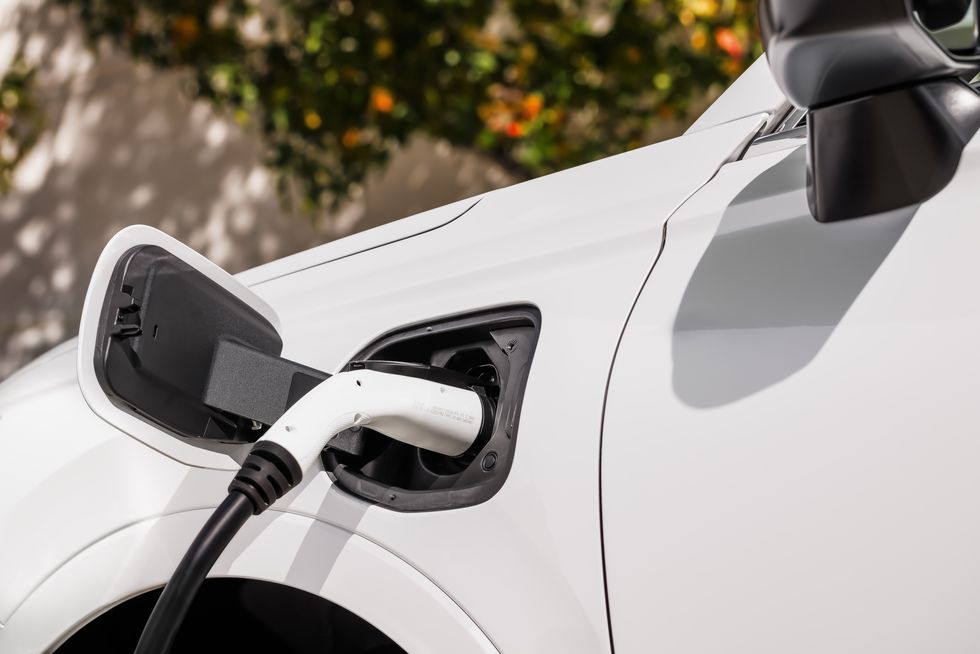
Refueling the CR-V Fuel Cell’s hydrogen tanks is a breeze, taking only a few minutes to complete. For added versatility, the battery pack can be recharged on a 240-volt connection in just two hours, or alternatively, it can be topped up on the go using power from the fuel cell. This dual-method approach ensures drivers have flexibility and peace of mind, especially when planning longer journeys.
Efficiency and Environmental Impact
With the EPA rating the CR-V Fuel Cell at 52 MPGe city and 57 MPGe highway, Honda’s latest venture into hydrogen power demonstrates a strong commitment to fuel efficiency and reducing carbon emissions. As we await real-world testing, these figures suggest that drivers can expect an environmentally friendly and economical ride without compromising on the qualities that make the CR-V a beloved family SUV.
Anticipation Builds
As Honda gears up for the limited release of the CR-V Fuel Cell, primarily in the California market, anticipation is building for this innovative vehicle. Priced at an estimated $60,000 and available exclusively in the well-equipped Touring trim, it promises a wealth of premium features and a driving experience that is both familiar and forward-thinking. With only 300 units slated for production annually, the CR-V Fuel Cell is poised to be a sought-after model for eco-conscious drivers and technology enthusiasts alike.
2025 Honda CR-V Interior: Inside the CR-V Fuel Cell
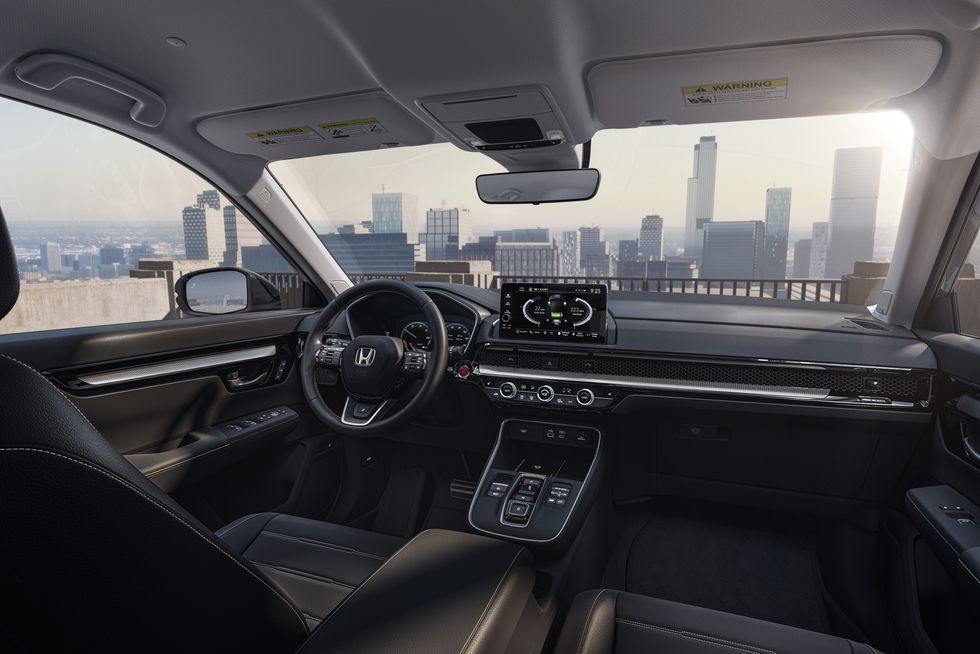
The 2025 Honda CR-V e:FCEV welcomes drivers and passengers alike into a cabin that seamlessly blends elegance, comfort, and technology. The interior’s standout feature, a honeycomb-textured insert that stretches across the dashboard, not only adds a modern aesthetic touch but also cleverly conceals air vents, maintaining the sleek design flow. The vehicle’s commitment to driver and passenger comfort is evident from the digital gauge cluster that greets the driver to the spacious and reclining rear seats that ensure all occupants enjoy ample legroom.
Designed for Diverse Drivers and Practical Use
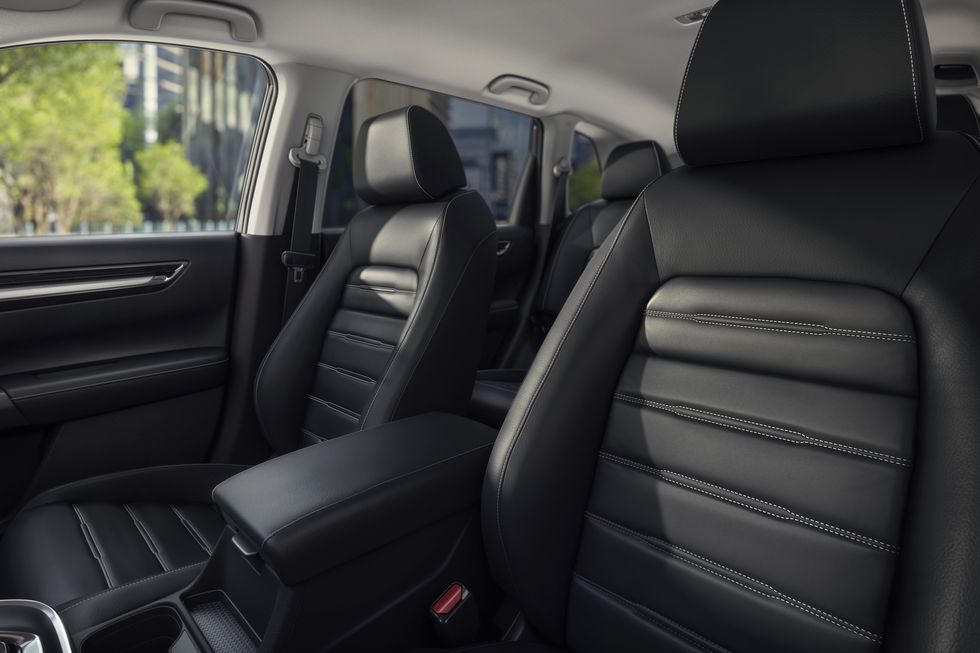
The CR-V Fuel Cell’s interior is thoughtfully designed to suit a wide array of body sizes, thanks to comfortable front seats and a straightforward driving position. A large center console bin provides convenient storage space, enhancing the practicality of the cabin. However, potential buyers should note the slight reduction in cargo capacity, a trade-off for housing the hydrogen tanks crucial to the vehicle’s innovative powertrain.
Infotainment: Intuitive Technology at Your Fingertips
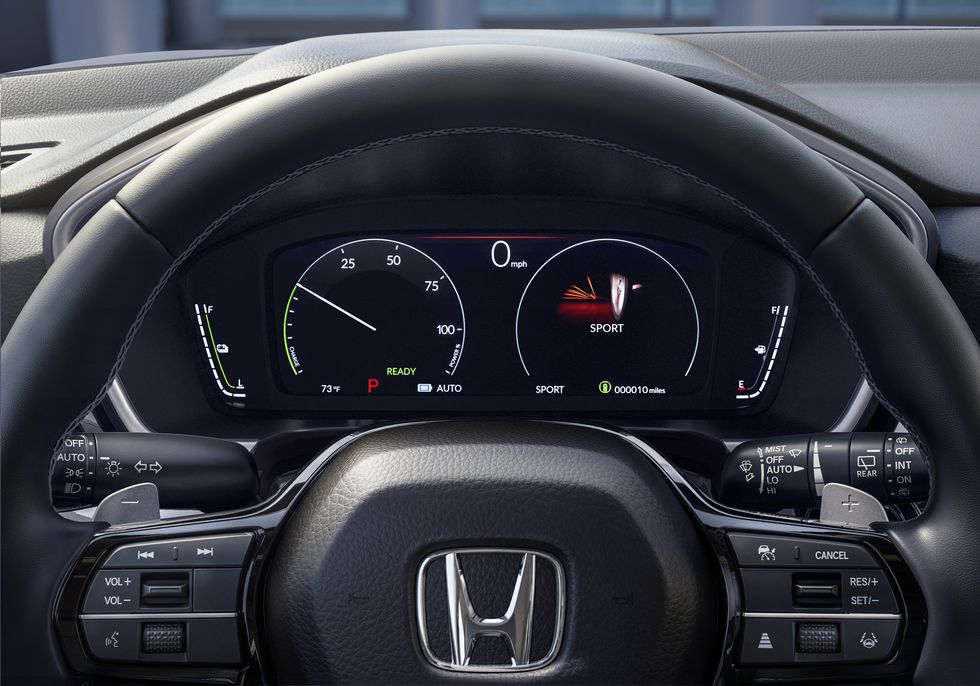
Honda equips the CR-V Fuel Cell with a 9.0-inch touchscreen, the heart of its latest infotainment system. This interface is not only user-friendly but comes standard with modern necessities like wireless Apple CarPlay and Android Auto, ensuring connectivity is always within easy reach. While the absence of a tuning knob might be a minor inconvenience for some, the inclusion of a volume knob, built-in navigation, rear-seat USB-C ports, and wireless smartphone charging round out a comprehensive and contemporary tech package.
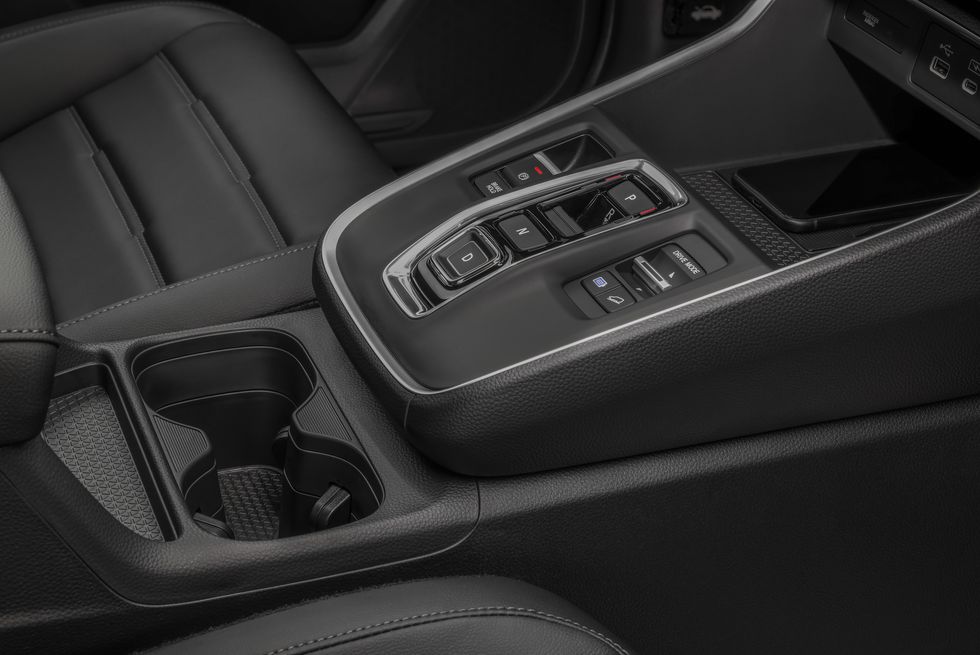
The CR-V Fuel Cell’s interior and technology offerings showcase Honda’s dedication to providing a harmonious blend of style, comfort, and cutting-edge features. As the CR-V ventures into the realm of hydrogen fuel-cell technology, it continues to prioritize the needs and expectations of today’s drivers and passengers, ensuring that the future of driving is not just innovative but also inclusive and enjoyable.
Ensuring Safety on Every Drive: CR-V’s Comprehensive Protection
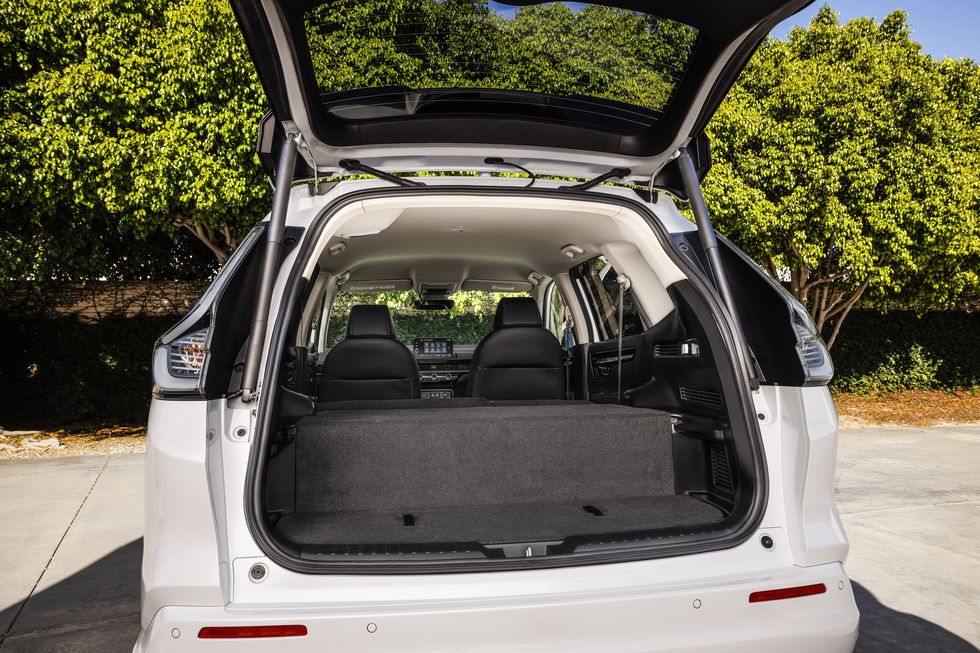
Honda’s commitment to safety is vividly embodied in the 2025 CR-V Fuel Cell, which comes loaded with a comprehensive suite of standard driver-assistance technologies. Safety isn’t just an option—it’s an integral part of the driving experience, designed to protect you, your passengers, and those around you on the road. With features like standard blind-spot monitoring to keep an eye on those hard-to-see areas, a driver-attention monitor to ensure you’re always focused, traffic-sign recognition to keep you informed, and a back-seat reminder for those moments you might forget something important in the rear seats, Honda prioritizes peace of mind.
Key Safety Features for Your Journey
- Forward-collision warning and automated emergency braking work together to prevent accidents before they happen.
- Lane-keeping assist and lane-departure warning ensure you stay safely within your lane, providing gentle corrections if needed.
- Adaptive cruise control maintains a set distance from the car ahead, adjusting your speed to ensure safe following distances.
For detailed insights into how the CR-V holds up in crash tests, resources like the National Highway Traffic Safety Administration (NHTSA) and Insurance Institute for Highway Safety (IIHS) offer valuable information.
Warranty and Maintenance: Honda’s Commitment to Reliability

The CR-V Fuel Cell isn’t just innovative in terms of technology; it also comes with Honda’s reassuring warranty and maintenance package, similar to what you’d find with other electric SUVs from mainstream automakers. This package is designed to ensure that your CR-V remains in peak condition throughout your ownership experience, without any extra worries.
- Limited warranty: Three years or 36,000 miles, providing broad coverage for various components of your vehicle.
- Powertrain warranty: Extends over five years or 60,000 miles, covering crucial mechanical parts including the engine and transmission.
- Electric components coverage: Specifically tailored for the CR-V Fuel Cell, this warranty lasts for eight years or 100,000 miles, ensuring your vehicle’s innovative powertrain remains reliable.
- Complimentary scheduled maintenance: For two years or 24,000 miles, Honda takes care of your vehicle’s routine maintenance, adding an extra layer of convenience to your ownership experience.









